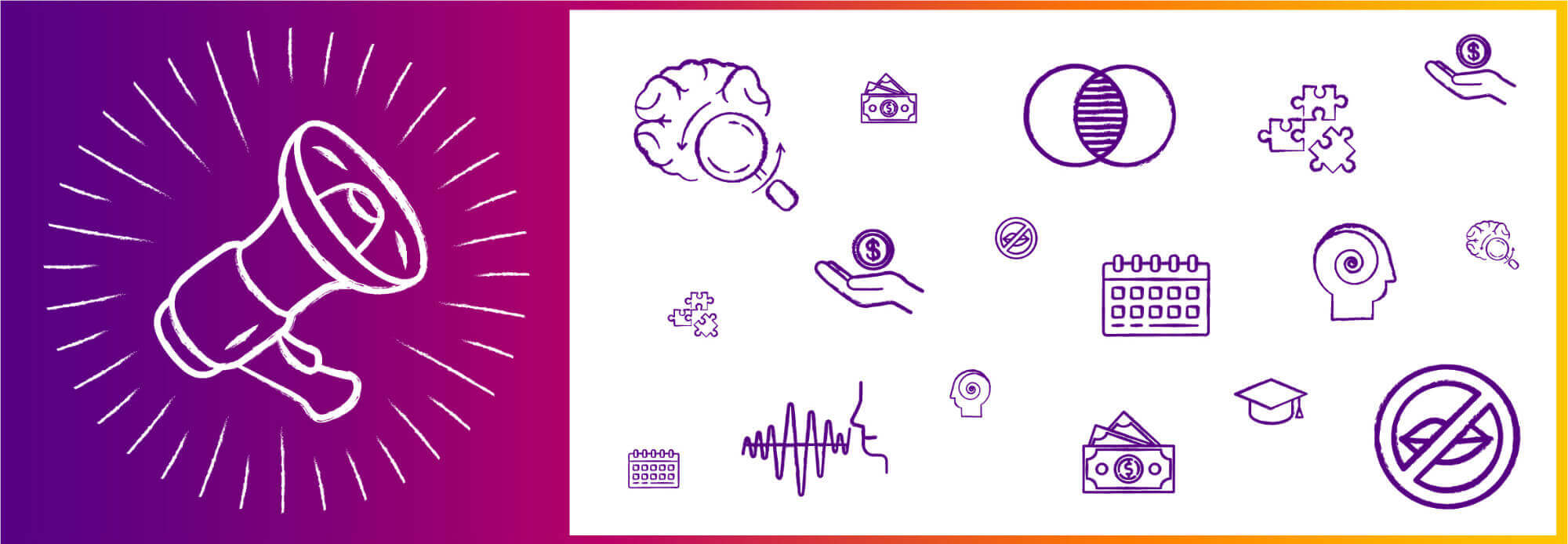January is Stalking Awareness Month. And while we might think of stalking as something that happens to actors or pop singers, it often plays a role in domestic violence or intimate partner relationships. According to The Stalking Prevention, Awareness, and Resource Center, “40% of stalking victims are stalked by current or former intimate partners.”
Melody’s Story
Melody* is a survivor who’s been working with REACH for several years. She and her ex-partner share two children and had been together since high school. In addition to other forms of physical and emotional abuse, he displayed a pattern of constantly keeping tabs on her location and activities, including hidden cameras, audio recording devices, and GPS tracking.
Despite Melody’s attempts to end the relationship, her abuser continued to appear unexpectedly at places he knew she’d be and attempt to intimidate her. One day he showed up at her workplace and placed himself in front of her car, making accusations against her and threatening her ability to do her job and the safety of those she worked with. Even though law enforcement in the towns where she lived and worked were aware and supportive, nothing seemed to deter this abuser. The more independence Melody displayed, the more the abuser escalated his stalking and threats.
Melody’s REACH advocate has gone to court with her for multiple restraining order hearings, helped with safety planning, and been a constant source of support throughout her harrowing ordeal. The advocate connected her with an attorney, who helped with her divorce and restraining order proceedings. Together with the Victim Witness Advocate at the court, they supported Melody in giving her testimony and working on her victim impact statement. The advocate helped her connect with a supportive domestic violence detective in the police department and made sure she had a good working relationship with the Assistant District Attorney working on her case.
For Melody, as for so many other survivors, it was helpful to have someone to help her navigate these systems and not to have to do it on her own. She knows that she is not alone, and she has someone to call when she needs support – whether that’s practical support when accessing resources, or a listening ear to provide compassion and validation.

Why Abusers Stalk
Because domestic violence is about power and control, stalking is one more tactic that abusers might use when they perceive that their control is being threatened, and a pattern of escalation is unfortunately all too common. In order to keep the survivor off balance, they might change the tone of their messages. In the case of Melody’s abuser, he would leave multiple voicemails – ranting and rage-filled one minute, the next contrite and pleading, at times even threatening suicide or faking a life-threatening illness. With the technology that exists today, abusers have seemingly endless tools to gain access to, observe, and sometimes even impersonate their victims (on social media, for example).
According to REACH’s Director of Community Advocacy Pam Jordan, it’s not uncommon for survivors to experience a feeling of ambivalence when it comes to addressing the stalking behaviors of their abusers. After all, it’s not a stranger off the street. In Melody’s case, Jordan explains, “This is the father of her children. She’s been with him most of her life.” Even if this behavior has been going on for a very long time, stalking can be a warning sign of more dangerous behaviors and should be taken very seriously.
Help is Available
If you or someone you know is experiencing stalking behavior from a partner or ex-partner, a trained domestic violence advocate can help you talk through your options. If involving law enforcement is appropriate, an advocate can help with that process. At the very least, Jordan says, an advocate can help someone start to keep track and monitor the troublesome behavior – a paper trail can be useful in showing that the behavior is a pattern, if and when the survivor decides to involve law enforcement. An advocate can also connect a survivor with support groups and other services and provide a listening ear, so they know they’re not alone.
Melody’s abuser is currently serving time for his numerous restraining order violations. However, he could be released in a matter of months, and as Melody says, “The only time I feel like I can breathe is when he’s in jail.” Knowing this, Melody worked with her REACH advocate to deal with her feelings of hopelessness and come up with a safety plan if her abuser is released from jail. Melody is now equipped with the resources and tools to support her in her journey today, tomorrow, and into the future.
If you are being followed, monitored, or threatened by a current or former partner, help is available. Please call our hotline at 1-800-899-4000 to find out more about connecting with an advocate.
*Name and some details have been changed to protect confidentiality





